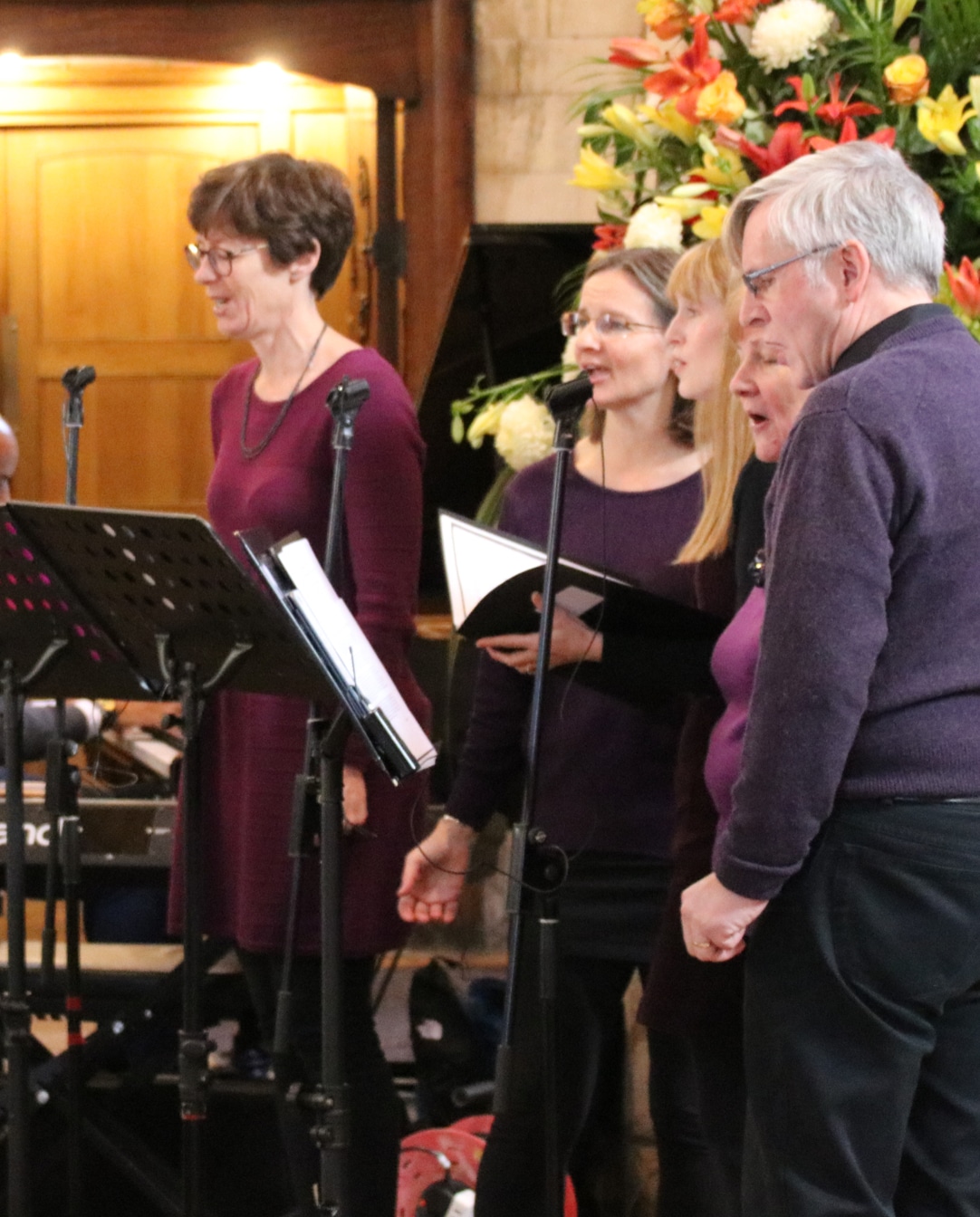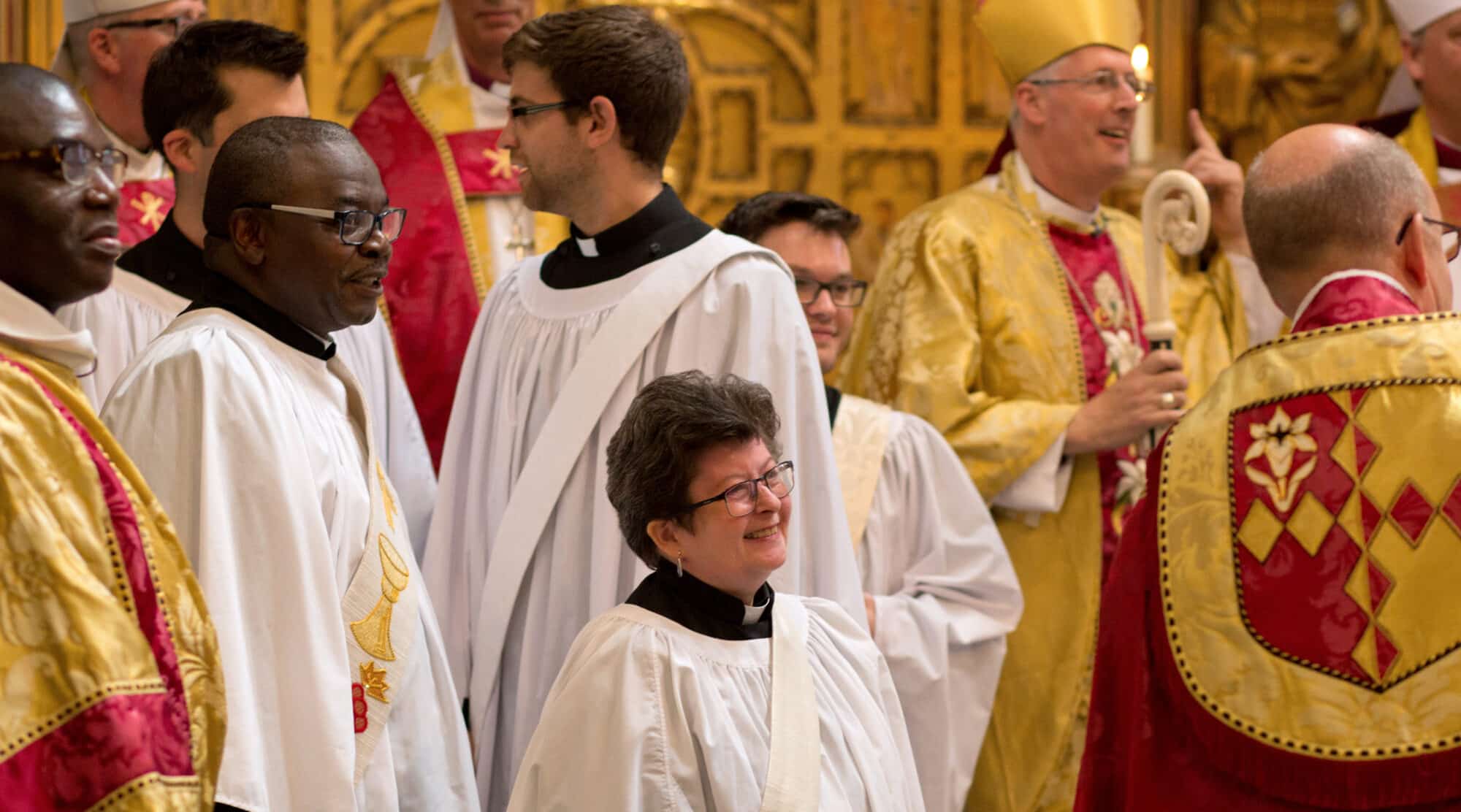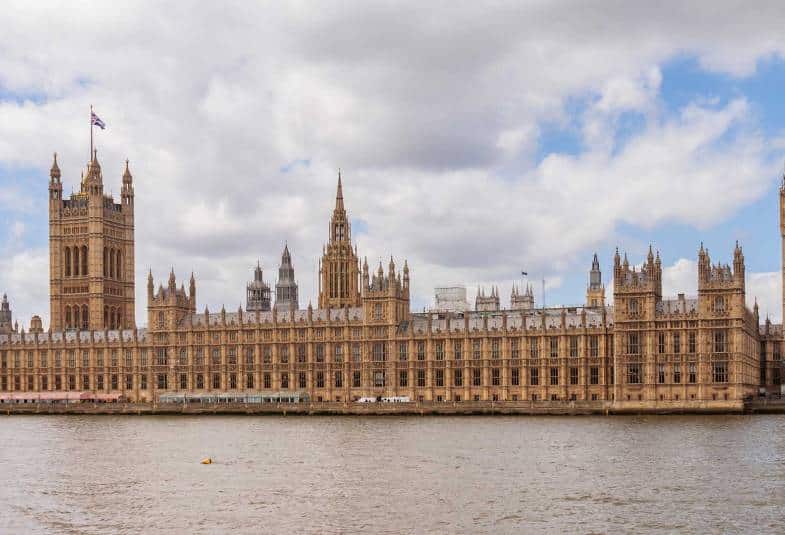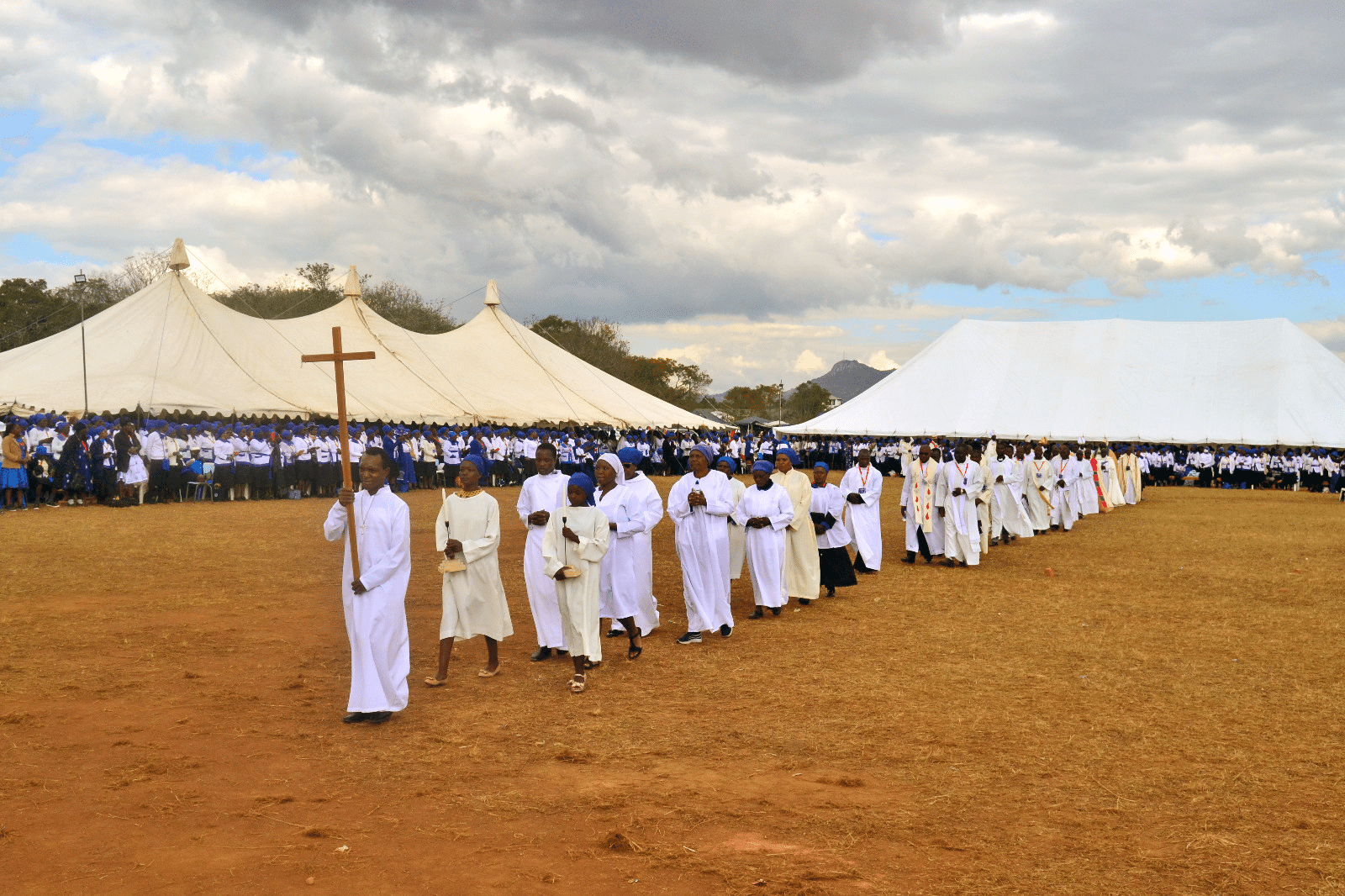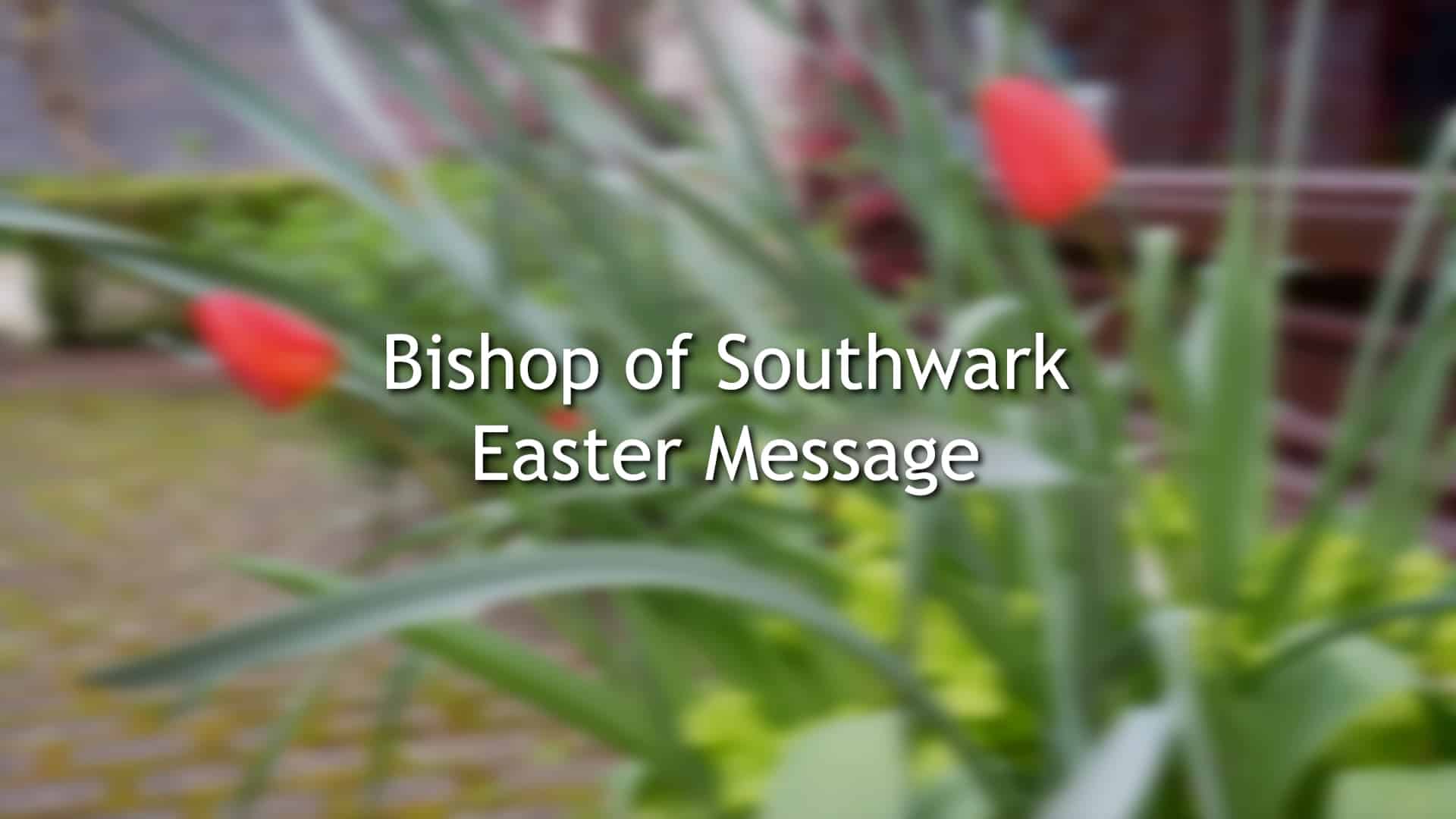During the cold snap ten or so days ago, social media was full of pictures of the snow. The Diocese was tagged in lots of pictures of churches as you might imagine but I noticed two general sorts of photograph, both types probably determined by the phones on which they were taken. There were broad and wide snowscapes, with outlines suggested under the snowfall, sharp points or edges smoothed and everything brought into a kind of blissful snowy unity. But there were also close-ups – snow sitting on a branch or leaf, photographs indicating the uniqueness, precision, and fragility of each snowflake.
One of our neighbours has taken these beautiful photos of Holy Trinity church in the snow during the day and the night ☺️
Thank you! pic.twitter.com/sMAItrJnKu
— Holy Trinity Church, Upper Tooting (@HolyTrinitySW17) December 13, 2022
When we focus on the big picture, on the landscape, there is always the risk that we do not see its component parts. For some at the moment the landscape looks truly bleak. But it is not, I believe, universally so despite the pressures the 24-hour news cycle and social media put on our perceptions. God is still present, we are not entirely bereft of people of good will, there is hope.
Mandatory pics of St Luke's in the snow ❄ pic.twitter.com/PsEK77K2oy
— Fr Sam Dennis (@St_Lukes_SE25) December 12, 2022
But to keep this hope in view we might like to focus on the close-up – think of those photographs of snow on leaf-tips, of icicles, or frosted surfaces. This can remind us that any landscape does not comprise statistics or movements or powers but people – each one unique and precisely themselves in their fragility, intricacy and beauty. The challenge to recognise the humanity of the person in front us – buffeted so often as we are by movements and powers beyond our control. This challenge never goes away. It needs constantly to be relearned.
When God came to us in Christ just over two thousand years ago he came not in a thunder that shook the landscape but as a child – small, local, unique, and fragile. He placed himself within an occupied land and chose a stable for his first place of rest. His precise, piercing infant cries were heard only by those nearby – his mother Mary, Joseph her spouse, and the animals who were their companions. They attended to the child who was before them, aware of his needs and their own tiredness, aware of their breath hanging in the cold air, but unaware yet that in this baby God had joined creation to the Divine Life in a new, marvellous and unalterable way. Like Mary and Joseph we, too, would do well this Christmas to attend to the people before us.
In my Christmas video message I quoted some words from a poem by the sixteenth-century priest and poet Robert Southwell called ‘New Heaven, New War’, some stanzas from which were set to music in Benjamin Britten’s ‘Ceremony of Carols’. The Cathedral Carol Services and First Eucharist of Christmas yesterday were enriched with parts of this wonderful cycle of music. But Southwell also wrote another Christmas poem called ‘The Nativity of Christ’, which is perhaps less well known. It contains these words:
Gift better than Himself God doth not know,
Gift better than his God no man can see;
This gift doth here the giver given bestow,
Gift to this gift let each receiver be:
God is my gift, Himself He freely gave me,
God’s gift am I, and none but God shall have me.
God’s great gift to us is his own life, united in his tender mercy to that of a child – ‘This little babe so few days old’ who ‘is come to rifle Satan’s fold’.
We will miss Christ, we will overlook the babe, if we only ever look at the landscape. In Christ, the local is sufficient – and in finding him we shall know again the wonderful, astounding truth that ‘God is my gift, Himself He freely gave me’. To which we say, for ourselves and for our neighbours, that ‘God’s gift am I, and none but God shall have me’.
I am aware that many among us are facing a difficult winter, with some in this Diocese forced to chose between heating their homes and eating. I pray that amid all the challenges we shall continue to serve our neighbour, caring for one another with compassion and joy, each bestowing and receiving God’s love.
May God bless you and those you love this Christmas filling you with grace and light, and I wish you every contentment in the New Year.

